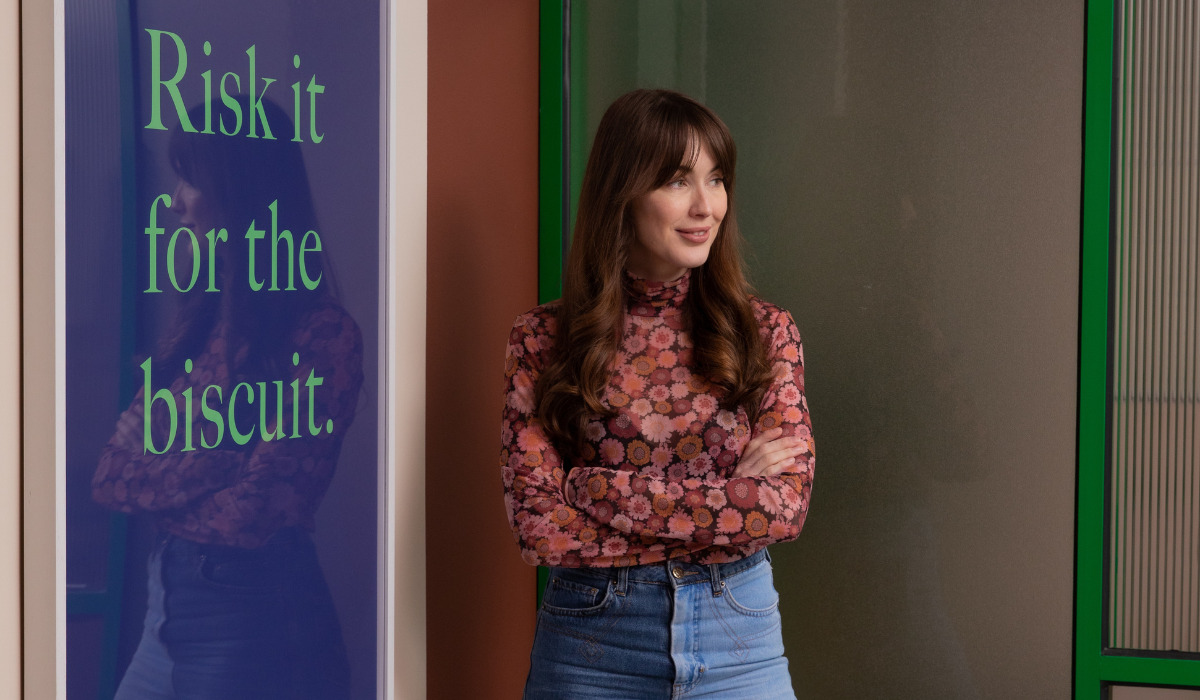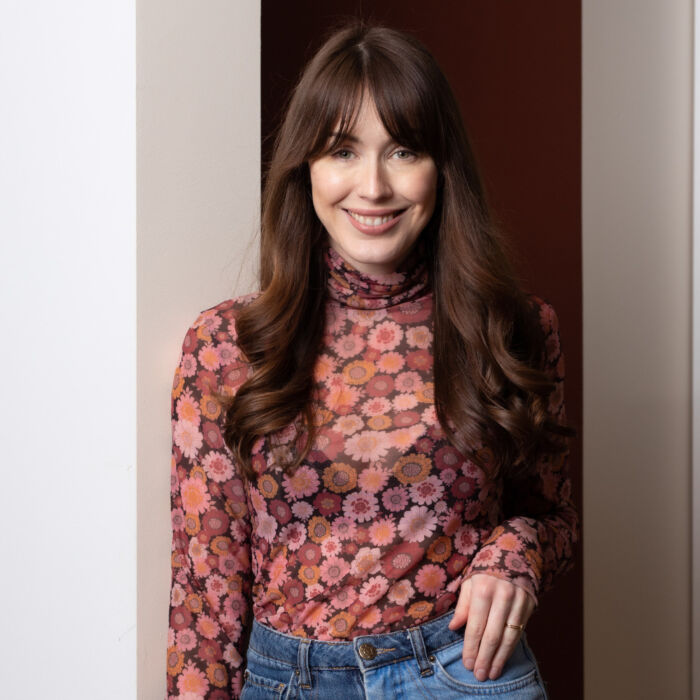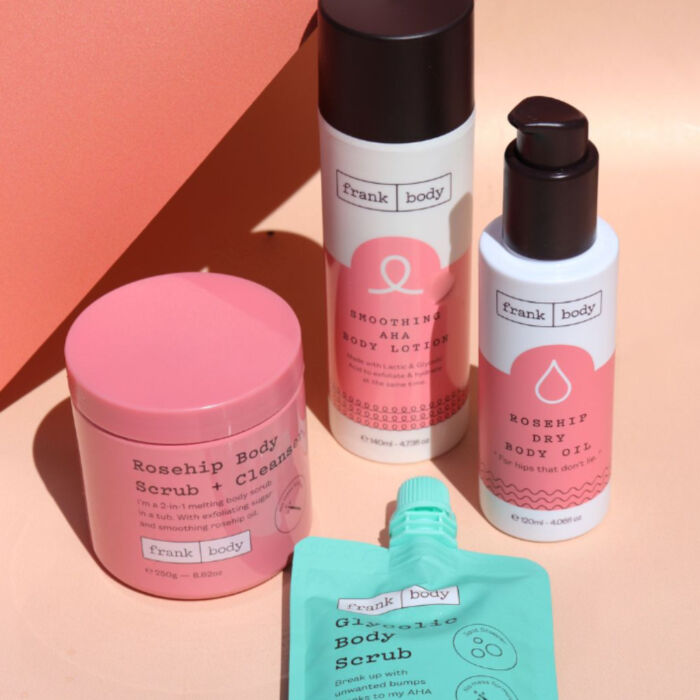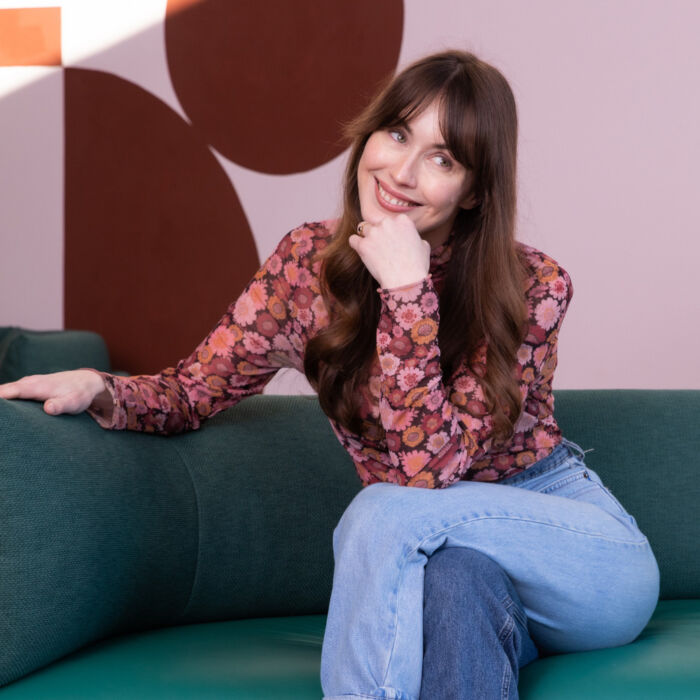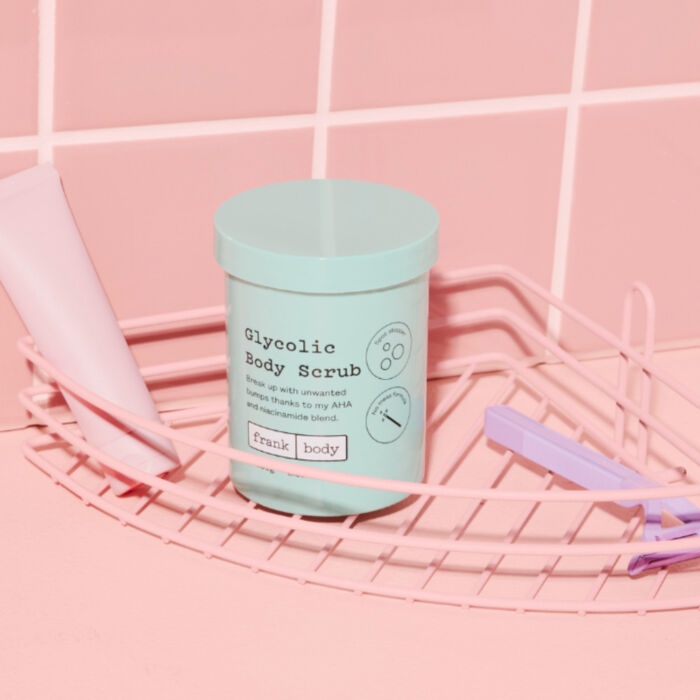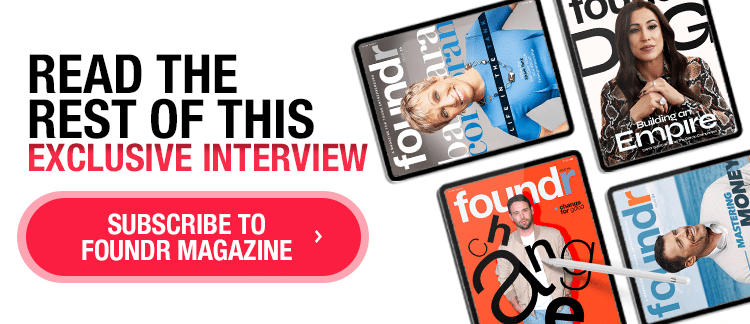Foundr Magazine publishes in-depth interviews with the world’s greatest entrepreneurs. Our articles highlight key takeaways from each month’s cover feature. We talked with Jess Hatzis, co-founder of frank body, about scaling frank body from an Instagram fad to a global beauty business. To read more, subscribe to the magazine.
—————
There was no way they could compete with Ariana Grande.
Jess Hatzis and her co-founder Bree Johnson had just discovered that the global pop star had released a coffee scrub product very similar to their own. Hatzis thought it was the end of their business.
“I forgot how strong the brand that we had created was,” Hatzis says about her business, frank body, which launched in 2013 with its best-selling coffee scrub. “And how easy it is for some celebrities just to slap their name on a product and think that that’s going to be enough to sell it to people. But people are clever.”
Within a year, Grande’s product faded into the background, while frank body continued to surge in growth.
So, how did this tiny Australian-based startup compete with celebrities and cutthroat beauty brands to garner 6 million customers?
By risking it for the biscuit.
Brewing a Case Study
Hatzis and Johnson were best friends before they became business partners. They both worked at marketing firms when they decided to quit and join forces.
“We were about 25 at the time,” Hatzis says. “[We] got up, worked in our pajamas… and never set up anything properly from a financial or tax perspective. We just loved writing, and that was what we wanted to do.”
Their agency, Willow & Blake, focused on helping brands develop a voice and style. Although the two were young, their bold ideas and pitches for clients helped them carve out a niche as a full-service branding agency.
“They were coming to us because we had a pretty useful and irreverent and refreshing voice, but we were finding that [even though] they’d come to us for that, they were really scared of these bold ideas that we were putting in front of them,” Hatzis says.
“Once you start diluting a bold idea, you kind of end up in no man’s land when it comes to developing a really unique and memorable brand.”
Frustrated, Hatzis and Johnson decided to create a case study to prove that if you went all-in with a bold brand voice, sales would follow. So together, with the support of three other co-founders, the friends started brainstorming ideas.
“We wanted to use social media to scale it, and we wanted to create a brand that just stood out and was like nothing that people had seen before,” Hatzis says.
Coffee grounds have been used historically as a medicinal skin care product because the coarse texture helps remove dead skin. So, over coffee, the five friends decided to build their experimental brand around a body scrub.
Now, they just needed a voice.
Frank’s Voice
Using the strategies from their agency, Hatzis and Johnson leaned into what was working on the then-emerging platform of Instagram—peer-to-peer language. They wanted to avoid a corporate tone of voice and ensure potential customers felt like they were talking with a friend, not a company trying to sell them something.
“We knew the power of word of mouth. So we came up with this concept of the frank character, and he would just be able to allow us to talk in first person to people.”
The team’s first-person brand voice, using the hashtag #frankeffect, captivated Instagram users. They sent products out to people for free, encouraging them to post their results online (a strategy that was unlabeled at the time and is now well-known as influencer marketing).
“I look back, and I am surprised that people did it because it wasn’t a normal thing then to take a photo of yourself half-naked in the bathroom using a product,” Hatzis says. “Now we see every kind of product [sold] on social media.”
The #frankeffect spread.
Soon, the case study grew into a full-time operation. For Hatzis, frank body was forging its own identity beyond her and Johnson.
“Creating a product meant that even when I was asleep, this product was sort of this living, breathing entity that was doing its thing and connecting with customers while I wasn’t there,” Hatzis says.
In 2016, Ariana Grande got a hold of the frank body coffee scrub. She shared about it publicly in interviews, which thrilled Hatzis.
“Like, she’s blowing up. She loves us,” Hatzis says about her snap reaction to the celebrity customer. “And then fast forward six months, Ariana Grande released her own coffee scrub through Ulta, and I thought [we were] done.”
But the community “frank” had forged was undeniable, even against a celebrity.
“I don’t think a lot of brands give consumers enough credit for their smarts, and it showed me that our customer base was so loyal,” Hatzis says. “People then and still now like to feel part of a community and like they’re an early adopter and in on the secret that other people don’t know about.”
The secret was out.
“And then we thought all this energy that we’re spending worrying about these copycats is energy that could be spent growing our business and focusing on how to differentiate ourselves.”
She remembers one instance when someone even tried to rip off the source code from their website.
“And it highlighted the need for us to be no longer that Instagram brand, which is how people [referred] to us,” Hatzis says.
That Instagram Brand
Five years ago, frank body began transforming from a brand you see on Instagram to a competitive player in the beauty industry.
Hatzis knew the strategies that had transformed their case study into a trending brand had a growth cap. Social media ads were becoming exceedingly competitive, influencers had raised their partnership rates beyond four figures, and constantly giving out free products was cutting into their profit margin.
“I think one of the best things you can do as a marketer is [to] acknowledge your weak points,” Hatzis says. “It’s very dangerous to be doing anything in just one channel. So how do we diversify that? Our marketing mix changed significantly.”
The first stage of their new strategy, called frank 2.0, was to nurture the brand as a skin care line, not a one-product wonder. They partnered with Mecca, an Australian retail beauty business that sold products in-store.
“They knew how strong our brand was, and that alignment was sort of the catalyst for frank 2.0, where we really started to focus on more efficacious skin care.”
Through customer research, Hatzis learned that unless people were loyal customers, they only associated frank with the coffee scrub. So, they focused on making new products as identifiable as their first.
“The best thing that can happen is that we move that hero SKU out of the top sellers, and we grow the rest of our range,” Hatzis says. “And so we’ve successfully done that, but that’s years of work of developing new products that you think are going to surpass the hero product in sales and really strategic retail partnerships in other regions.”
Hatzis says they’ve targeted large and small retailers across Australia. She thinks you need all sizes to transition from click to brick successfully. The large retailers allow you to scale, while smaller retailers provide credibility to carry your complete product line.
“We learned some of those lessons the hard way,” Hatzis says.
“Bring on someone in your team, even if they’re a consultant, or just talk to other brands because you’d be surprised how much other founders are willing to share.”
But most importantly, Hatzis advises brands that are venturing into retail to stick to their guns.
“Don’t be too swayed by what a buyer at a retail store wants you to do. Know who you are as a brand, know what your customers want when it comes to products,” Hatzis says. “They’ll sort of push you in a direction, but they’ve got no skin in the game.”
So, what started as an Instagram fad is now a business building beyond a decade into a global retail line.
“It’s still something that we work hard on today, but it’s really nice not to hear people really ever say that sentence anymore,” Hatzis says.
Taking a risk on frank 2.0 resulted in more than likes and shares.
Global product conglomerate Unilever became its first investor five years ago. Since then, they’ve completed two formal funding rounds, and in 2021, they brought on private equity from a Chinese company, helping expand frank body’s market in East Asia.
To date, the business has 6 million customers and counting.
